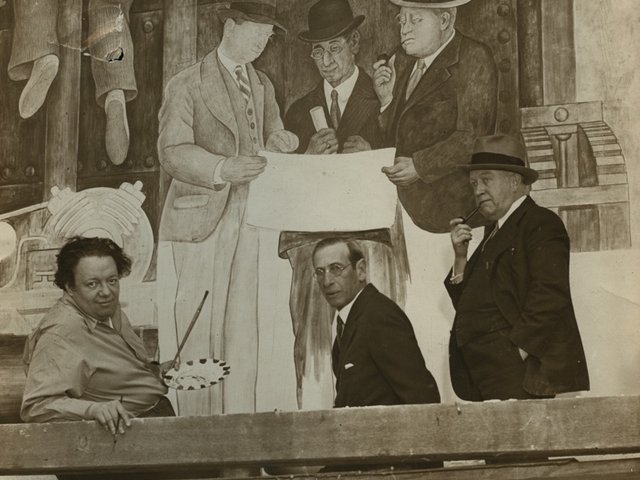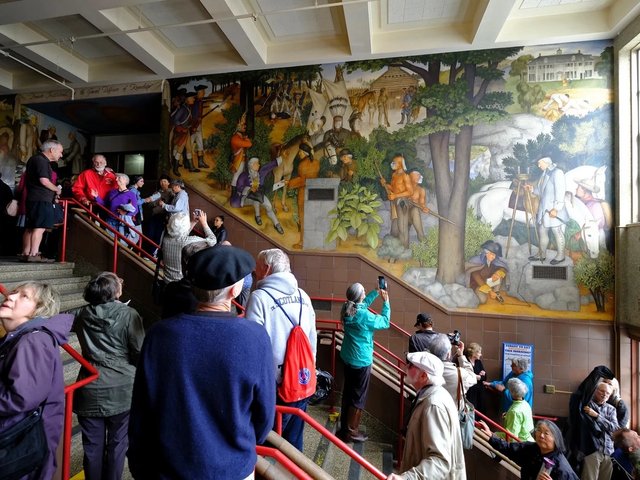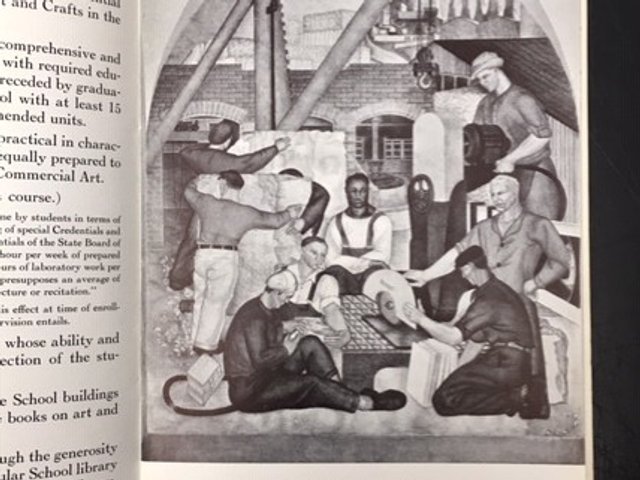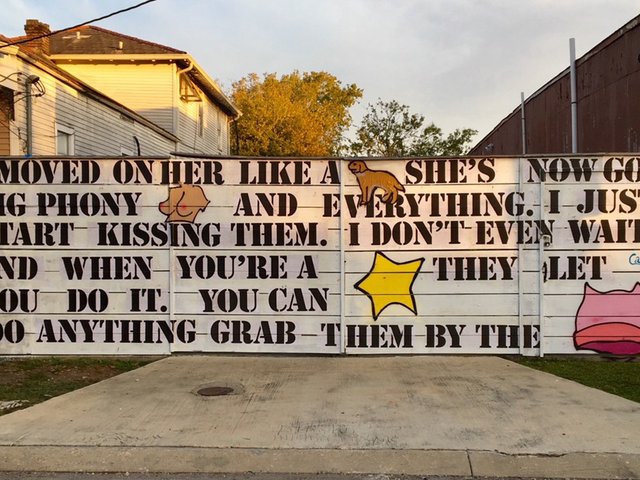A long-term legal bid to prevent the removal of a vast mural painted on the enormous concrete spillway of the Prado Dam in Riverside County, California has ultimately failed to secure the art work’s future.
Known as the Bicentennial Freedom Mural, the piece was created by Corona High School students in 1976—the year the US celebrated the bicentennial of the country’s founding—and threatened with removal by the US Army Corps of Engineers (which has control of the dam) due to concerns over levels of lead paint used in the work.
The 80,000 sq. ft mural was initially saved in 2015 when a preliminary injunction was granted at the last minute by a court, thanks to the filing of the original lawsuit by the non-profit organisation Mural Conservancy of Los Angeles and landscape architect Ronald Kammeyer, one of the original mural artists.
The suit claimed that the defendant’s “plan to destroy the mural, ostensibly due to concerns over graffiti and lead paint” was a violation of multiple statutes, including the Visual Artists Rights Act of 1990, the California Art Preservation Act of 1979 and the National Historic Preservation Act (NHPA) of 1966.
While most claims were dismissed in the earlier hearing, last week’s ruling dealt with an outstanding question as to whether the NHPA would be violated by the removal of the work.
District Judge Jesus Bernal ultimately found that efforts by the US Army Corps of Engineers Corps demonstrated “a reasonable and good faith effort to identify whether the mural is a historic property and to determine whether the mural is eligible for listing on the National Register”.
This effort included a period of consultation with interested parties and community representatives (including the Friends of the Prado Dam Mural, the city of Chino Hills and Water Conservation District, San Bernardino County). Ultimately, however, the Keeper of the National Register of Historic Placesfound that the Mural was not deemed appropriate for the register.
A preparatory report by the Technical Center of Expertise for the Preservation of Historic Buildings and Structures found that “the Mural lacks exceptional significance under the National Register’s 50-year age guideline, and that—beyond its commemoration of an event—the Mural lacks significant historical associations”. It further argued that the mural did “not qualify on exceptional grounds as an art piece or as the work of a significant artist” and noted a loss of its physical integrity, in part due to later graffiti.
A spokesperson for the Los Angeles district of the US Army Corps of Engineers says, “The April 22 ruling means the US Army Corps of Engineers can proceed with removing and abating the lead-based paint on the Prado Dam mural. We are working with Riverside County to enter into a license agreement for the mural to be repainted, once the lead-based paint is removed. The Corps’ Los Angeles District would be willing to meet with the plaintiffs to discuss a potential plan for repainting and restoring the mural, although we have not received a request from them to meet.”
Representatives from the parties seeking to preserve the mural did not respond to our request for comment.






